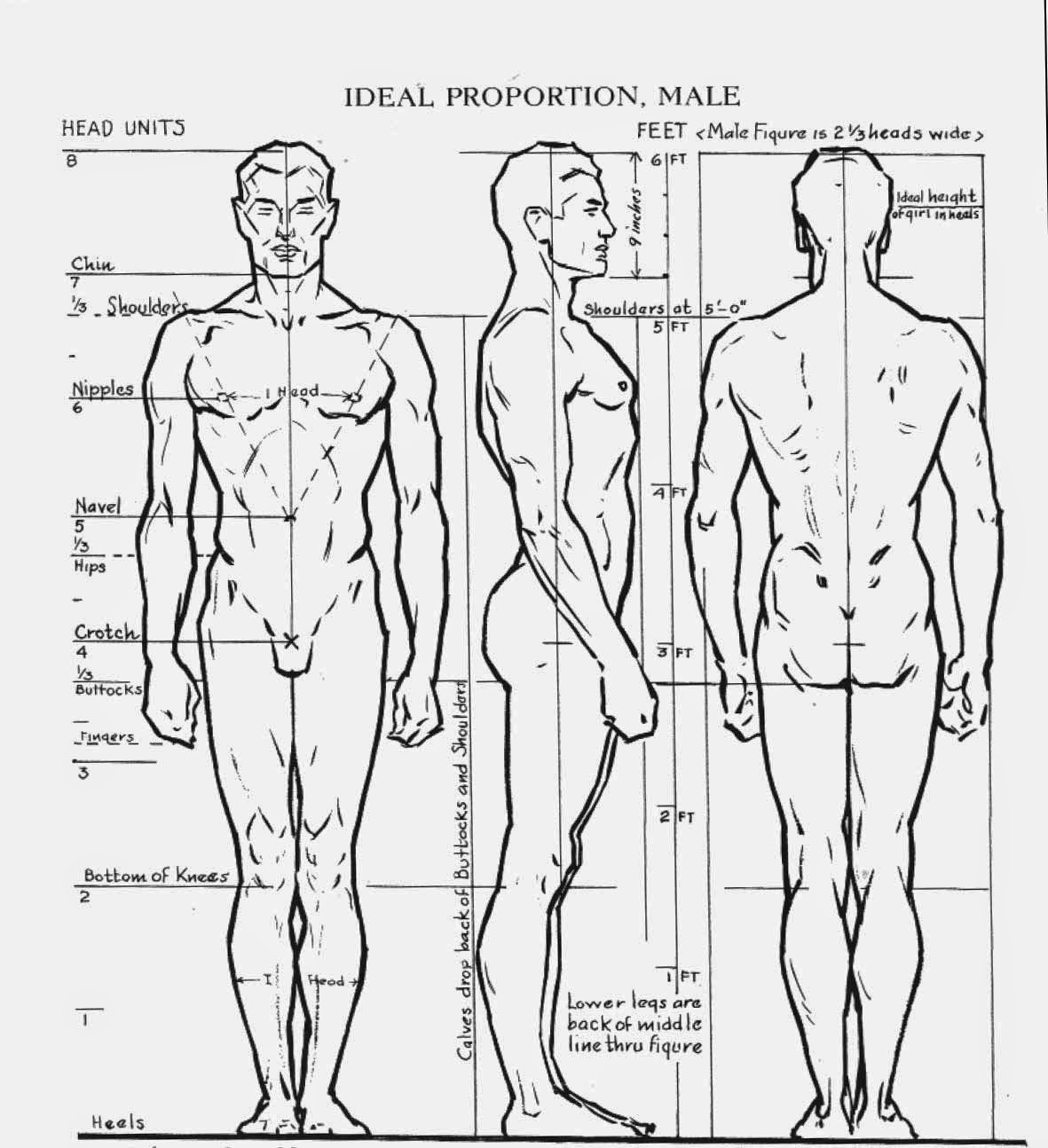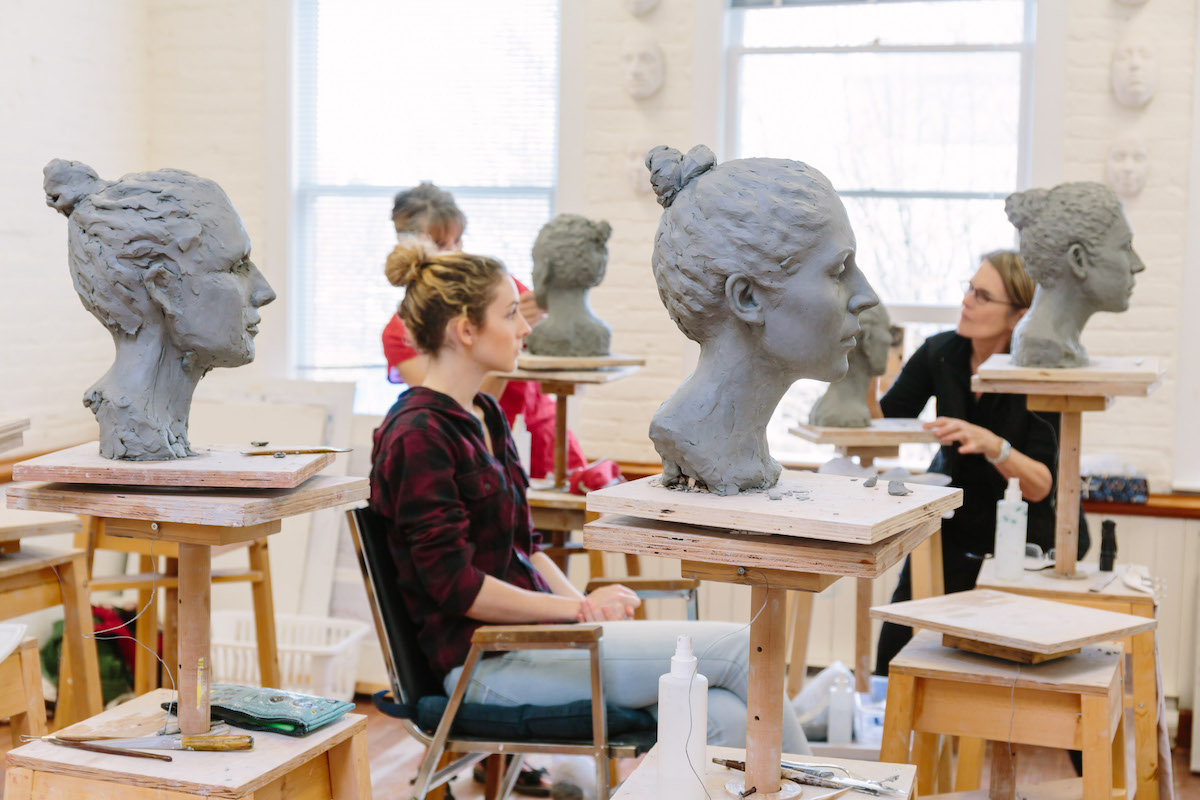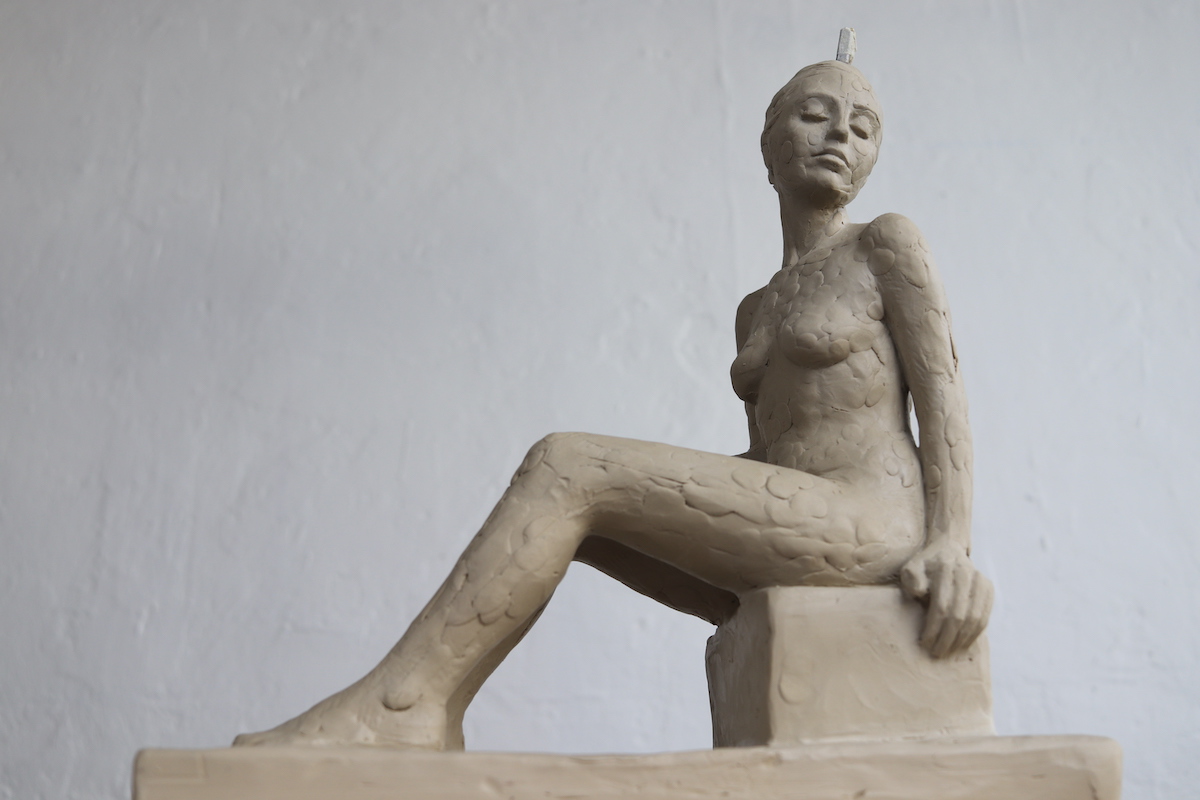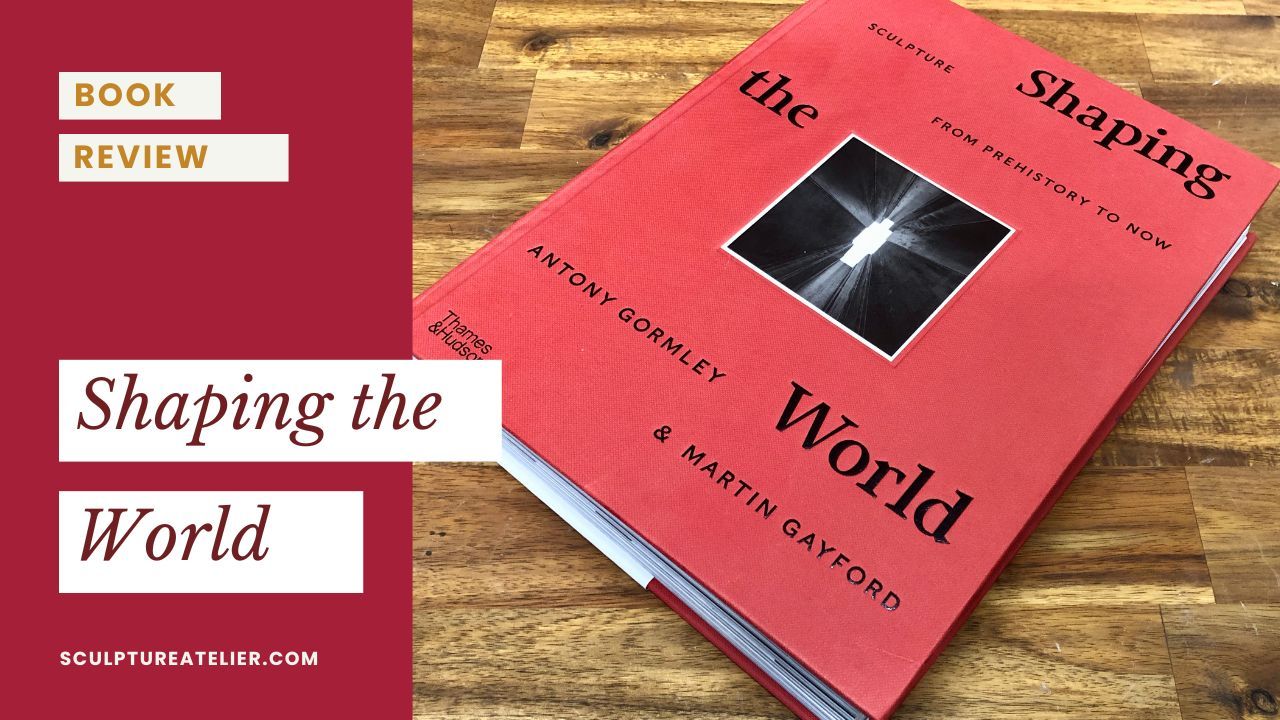Demystifying Proportions: Choosing the Right Method

Creating realistic human figures in sculpture requires a keen understanding of proportions.
If you have ever wondered how to make your figurative sculpture have more realistic proportions or feel unsure about what the difference is between a canon of proportion vs. measurements... this post is for you!
With various proportional systems available, it can be challenging to determine which one suits your needs. By the end of this article, you will know which method to use to confidently bring your artistic ideas to life and create captivating figurative sculptures.
This post is adapted from a lesson inside the online figure sculpting course Figure Sculpting in Clay.
How to Determine Proportions for the Human Figure
In this guide, you'll learn four types of proportional systems:
By understanding the advantages and disadvantages of each approach, you can confidently select the right method for realistic human proportions for your artistic endeavors.
1. Canon of Proportions

(Image: illustration courtesy of the book Figure Drawing for All it's Worth by Andrew Loomis)
What exactly is a canon of proportions?
It is quite simply a set of standardized rules that have been agreed upon. Canons of proportion have been in use throughout history, with origins that can be traced back to Greek and Egyptian times.
Idealistic vs. Average Human Proportions
Some canons of proportion are based on idealistic concepts of what is "correct" and often prioritize cultural ideas of beauty or grandeur.
Other canons of proportion are based on statistical averages derived from measurements of actual human bodies.
Both types typically use a body part as a base unit of measurement.
For example, the idealistic "eight-head figure" uses the length of the head as the unit of measurement to compare the rest of the body. It determines that the total height of the body is equal to 8 head heights.
In reality, most humans do not have those proportions. This idealistic canon is meant to make the figure look more impressive than it really is. A more realistic canon based on statistical averages would say that the average human is 7.5 heads.
When to Use Canons of Proportion
While canons offer a reliable way to create proportionate figures without the need for a live model or photo reference, they require memorization, may result in generic-looking bodies, and can be challenging to apply to complex poses.
They are best when you are creating from imagination or as a base starting point.
2. Visual Observation

(Image: Portrait Sculpting from the Live Model course with Melanie Furtado)
Visual observation involves relying on your visual perception to directly observe and replicate the proportions of the subject in front of you (whether you are sculpting from a live model or from a photograph).
Visual observation includes a range of optical techniques such as:
- copying "by eye" (aka: simply looking)
- comparative measurement
- sight size
- using a grid
- plumblines
When to Use Visual Observation
Visual observation allows for individuality and specificity, as it focuses on accurately capturing the unique shapes and proportions of the subject.
However, mastering this skill requires practice, and it heavily relies on the availability of live models and the quality of your reference material.
Visual observation is best used when individuality is essential to the sculpture (such as a portrait sculpture commission) and/or in complement to the other methods.
3. Direct Measurement

(Image: Figure Sculpting in Clay online course with model measurements)
Direct measurement involves physically measuring an individual to capture their specific proportions.
This method is often used for three-dimensional representations of the human body, such as figure sculptures. You are able to measure key information such as the height, width, or length and compare those to your sculpture.
It is advisable to measure from reliable skeletal landmarks instead of measuring fleshy points (which can change).
When to Use Direct Measurement
By directly measuring the subject and translating those measurements into the artwork, sculptors can achieve high individuality and accuracy quickly.
However, direct measurement requires the presence of a live model and is not suitable for working from imagination or most photographic reference material.
To accurately measure your model in three dimensions, you need a specialized sculpture tool called a caliper.
For a full list of the 10 essentials tools, get your Sculpting in Clay Tool Guide below:

4. Hybrid Method

(Image: Seated female figure from the Figure Sculpting in Clay online course with hybrid method)
The hybrid method involves combining elements from different proportional systems to suit your specific sculpture project requirements.
This approach allows for flexibility and customization, enabling you to cherry-pick the most beneficial aspects of each method. However, it requires a solid understanding of the different systems to effectively apply them and avoid conflicting methods.
Personally, I use a hybrid method in my own sculptures and that is what I teach to students in my figure sculpting courses.
If the sculpture is a full project, I begin with a few basic proportions from a canon, add in a few direct measurements from the model, and put everything together using visual observation. For short sculpting projects, like a gesture quick sketch, I do everything entirely "by eye" using visual observation.
When to Use the Hybrid Method
Utilizing a combination of methods can give you the most flexibility and creative freedom when creating sculpture because you can choose the method that best aligns with your project.
It is best used when you are already familiar with each method, or with the guidance of a sculpting instructor trained in these methods.
Which Method is Right for You?
Understanding the various proportional systems and their advantages and disadvantages is crucial for artists aiming to create realistic human figures.
Selecting the right approach depends on your artistic intentions, available resources, and the intention of your sculpture project.
You can choose:
- the standardized rules of a canon of proportions to create figures from imagination
- the specificity of visual observation to capture the uniqueness of your model
- the precision of direct measurement to create accurate portraits more quickly
- or the flexibility of the hybrid method
By honing your skills and understanding of human proportion, you can confidently bring your artistic visions to life and create captivating figurative artworks.
For step-by-step instructions on how to apply these methods to create a realistic figure sculpture in clay from start to finish, check out the online course Figure Sculpting in Clay here.
ARE YOU ON THE LIST?
Sign up to get my best sculpting tips and inspiration delivered to your inbox each week!
You can unsubscribe at any time.




